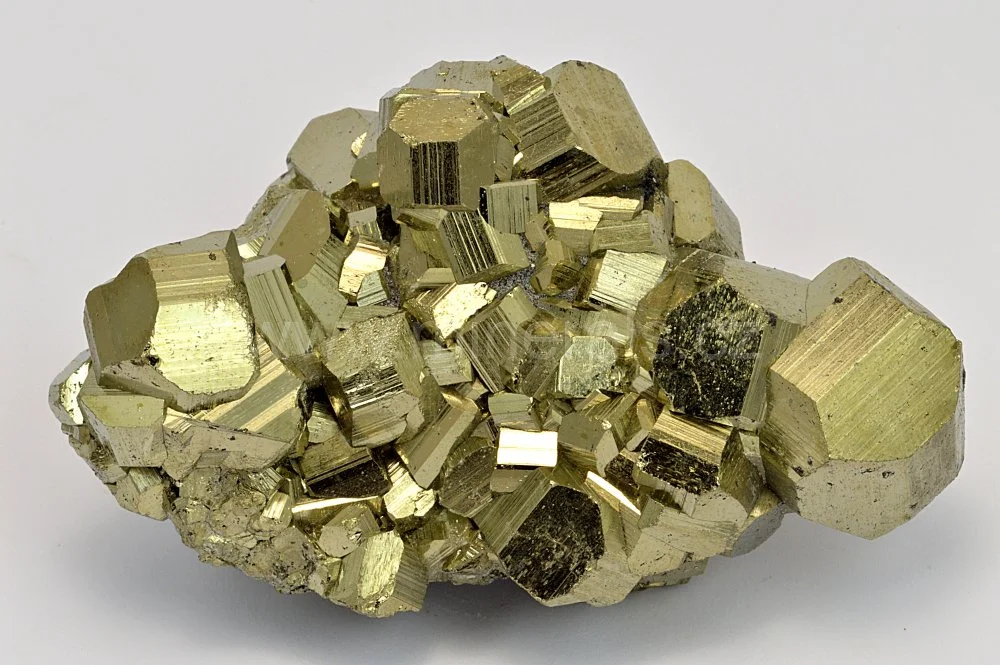Scientists have discovered a hidden treasure in common pyrite
- April 17, 2024
- 0
There’s a reason why airlines don’t let you put a laptop in your checked luggage; The lithium-ion battery poses a serious fire hazard. But why? Lithium is incredibly
There’s a reason why airlines don’t let you put a laptop in your checked luggage; The lithium-ion battery poses a serious fire hazard. But why? Lithium is incredibly

There’s a reason why airlines don’t let you put a laptop in your checked luggage; The lithium-ion battery poses a serious fire hazard. But why? Lithium is incredibly reactive.
For example, pure lithium reacts violently with seemingly harmless water, releasing heat and forming flammable hydrogen. But it is this reactivity that makes lithium an excellent battery material and a critical mineral for the transition to green energy.
Lithium-ion batteries are widely used in electric vehicles. They can also store energy produced from renewable sources such as solar and wind.
The demand for lithium has increased significantly in recent years. The main sources of lithium, such as pegmatite and volcanic clay, have been well studied, but it would be useful to find other deposits that are safe and economical to use.
To this end, a team led by West Virginia University researchers is investigating whether previous industrial operations (such as mine tailings or drilling mud) can be used as additional sources of lithium without producing new waste.
Sedimentary geochemist and PhD student Shaili Bhattacharya, working with Professor Shikha Sharma in the IsoBioGeM laboratory at West Virginia University, will present the team’s findings at the European Geosciences Union (EGU) 2024 General Assembly next week.
The study focused on 15 samples of Middle Devonian sedimentary rocks from the Appalachian Basin in the United States. According to Bhattacharya, the team found large amounts of lithium in pyrite minerals in the shale, “something unheard of.”
Although there is no information in the geological literature about the relationship between lithium and sulfur-rich pyrite, the electrochemistry and engineering world has begun to investigate how lithium-sulfur batteries could replace lithium-ion, Bhattacharya said. “I’m trying to understand how lithium and pyrite might be related to each other.”
It appears that organic-rich shales may exhibit greater lithium recovery potential as a result of this interesting interaction between lithium and pyrite. However, it is unknown whether the observations can be extrapolated beyond samples taken from the current study site. “This is a very specific study,” Bhattacharya cautioned. But the study is promising because it points to the possibility that some shales could be a source of lithium that does not require new mining. “We can talk about sustainable energy without using too many energy sources,” he said.
Source: Port Altele
As an experienced journalist and author, Mary has been reporting on the latest news and trends for over 5 years. With a passion for uncovering the stories behind the headlines, Mary has earned a reputation as a trusted voice in the world of journalism. Her writing style is insightful, engaging and thought-provoking, as she takes a deep dive into the most pressing issues of our time.